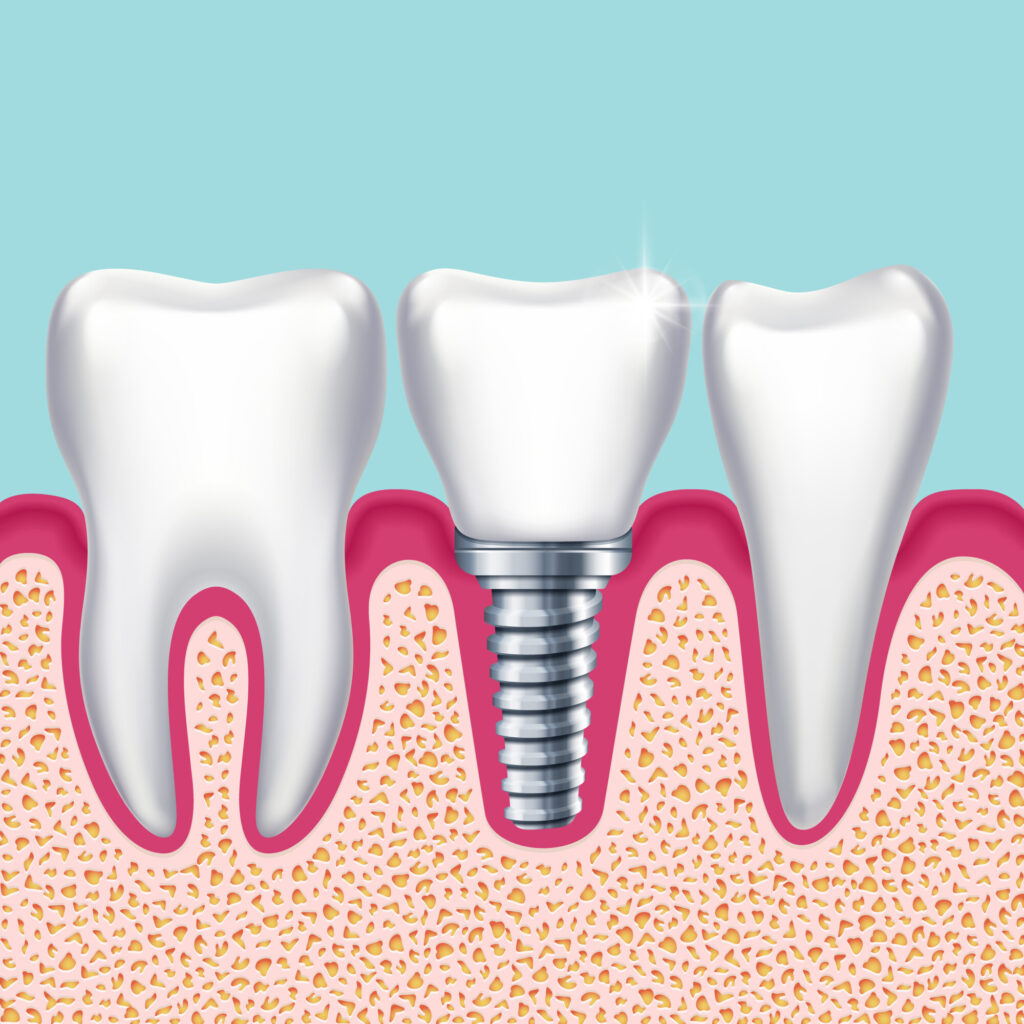
The coronavirus pandemic shrunk many industries, but the dental industry managed to keep growing. It has displayed an average rate of growth of about 1% each year since 2018. In 2023, experts predict that the dental market will generate about $172 billion in revenue in the United States alone!
Many dental patients receive a recommendation for dental implants. However, not knowing much about the dental implant process, they do not always know what to make of such recommendations. Understanding the dental implant process can be even more difficult because it can vary so much depending on the situation.
That can also make it hard to know what the right decision is to make regarding your oral health. So what do you need to know about the dental implant process in Katy, TX?
Read on to learn all about the most vital details of the dental implant process!
What Are Dental Implants?
You can think of dental implants as artificial teeth. They are designed to replace any missing teeth that you have in your mouth.
If you only have a single missing tooth, then the dental implant process will be much simpler for you. However, the more teeth you are missing, the more extensive the treatment you will need to receive your dental implants.
Dental implants are anchored to the bones of your jaw. As a result, they require a strong jaw that can keep your implants in place. If your jaw is not up to the task, you may need further treatments to prepare it first.
Start Your Dental Implant Timeline With a Consultation
To begin the dental implant process, you will first receive a consultation. During your consultation, your dentist will take impressions of your teeth. Depending on the exact situation, your dentist may also give you a CT scan or an X-ray.
Based on the initial results of this consultation, your dentist may refer you to various specialists to help understand your situation better. You might end up seeing a periodontist, an ENT specialist, or an oral surgeon.
Your dentist will also review your medical history and decide if any aspects of your past will affect your dental implant process. For example, if you have gum disease, then you will almost always need to receive treatment for it before you can begin the dental implant process proper.
You may also need to change your habits to prepare for your dental implants. Smoking can cause a lot of damage to your oral health.
If you smoke throughout the dental implant process, it may lead to a long list of complications. For this reason, you will need to stop smoking for as long as you are going through the steps of the dental implant process.
Your Dental Extraction
One of the most common things you will need to do before beginning the rest of the dental implant process is remove some of your teeth. If you have damaged teeth, then you will want to have them removed so that you can replace them with quality implants.
If you have an impacted tooth, then you will need to receive oral surgery. On the other hand, you may have teeth that require only a standard tooth extraction like you might receive from your dentist on other occasions.
Possible Bone Grafting Steps
If your jawbone does not have the robustness necessary to anchor your dental implants, you will also need a bone graft before you proceed with the rest of the implant process.
In most cases, your jawbone will be strengthened with a piece of bone from another part of your body. In other cases, you can use artificial bones to add some thickness to your jawbone.
If you do need to receive a bone graft, it can add as much as a year to your dental implant process. You will need to wait for your bone graft to fuse with your jawbone and for your body to recover from the process.
The Implant Process Itself
At this point, you will be ready for the actual dental implant process. You will receive a sedative of some kind so that you will be comfortable throughout the process. After that, your dentist will access your jawbone by making a cut in your gums.
At this point, your dentist will drill a small hole in your jawbone and install the anchors for your implants. You will then go home and recover for at least a week.
After that, you can go back to the dentist who will provide you with a healing collar. Healing collars make sure that your gums do not grow over the installed anchors.
Then, you will wait for your jaw and gums to grow and get a firm grip on these anchors. In some cases, it can take as long as 7 months for your anchors to become permanently fused to your jawbone.
Once this is done, you can return for another visit to have an abutment added to your anchors. After a few weeks of recovery from that, your dentist will be able to attach the dental implants themselves to these abutments.
After a few days of dental implant recovery, you will then be ready to go in for a checkup to make sure that everything is going well.
Know the Details of the Dental Implant Process
We hope that learning more about the dental implant process has been helpful for you. Many people are unsure about whether or not dental implants are the right kind of cosmetic dentistry for their situation. Understanding more about what the process entails can help you make the right decision for your own oral health.
To learn more about how you can find the best dentist for you in Katy, TX, reach out and get in touch with us here at any time!

